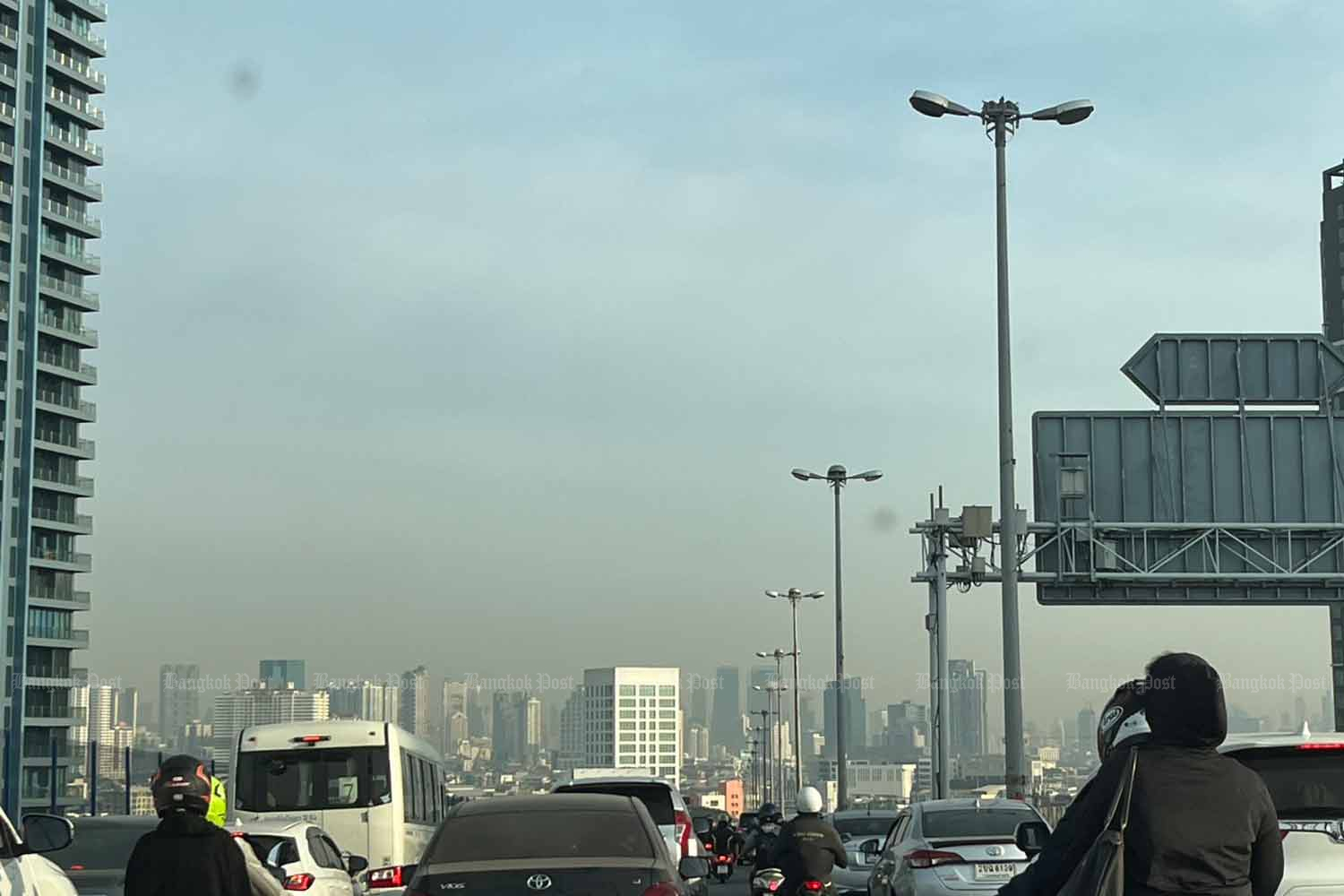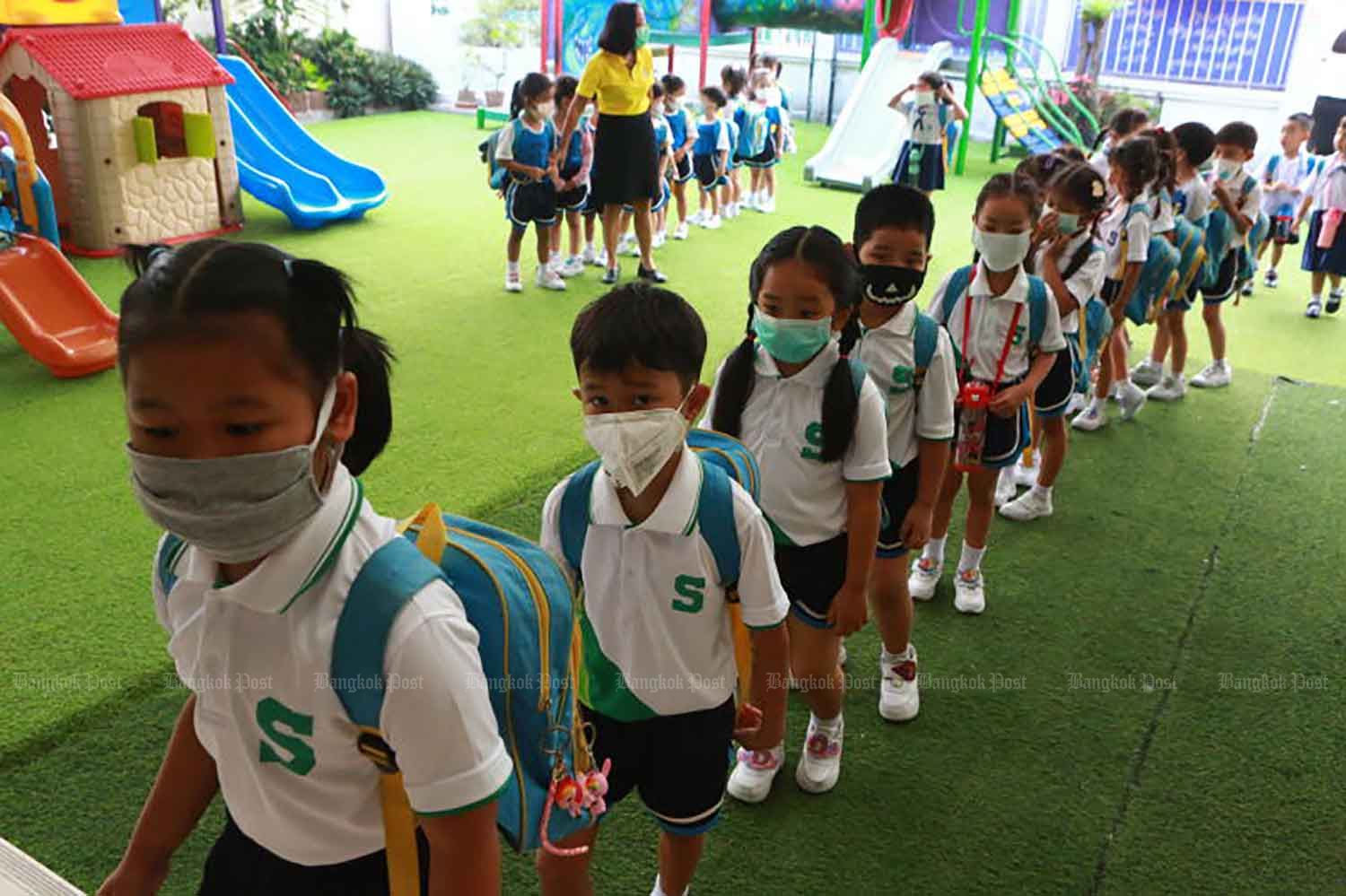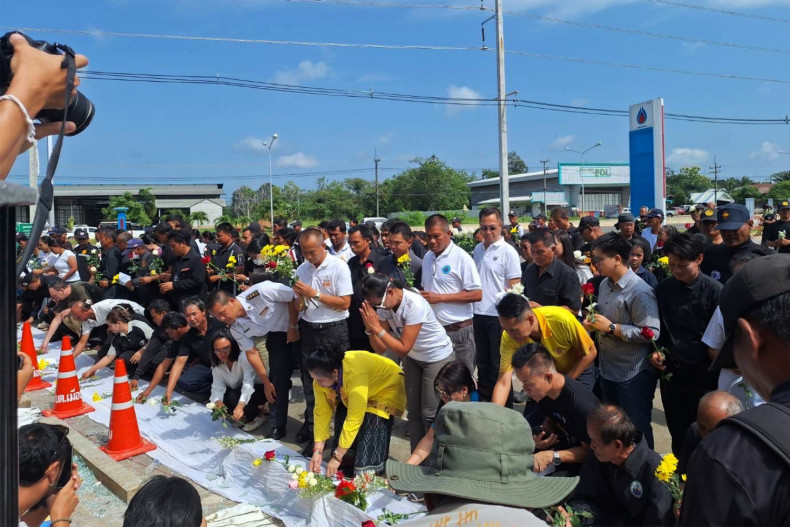Dust Pollution Blankets Thailand Again
Overview of the Current Situation
On January 21, 2025, Thailand is grappling with a severe air pollution crisis, as dust-laden air blankets the nation once more. Unsafe levels of PM2.5, a hazardous ultrafine particulate matter, have been reported across 70 out of the 76 provinces, significantly impacting public health and daily life.
Health Implications of PM2.5 Levels
The Bangkok Metropolitan Administration (BMA) has classified the air quality as dangerous, with PM2.5 levels exceeding safe thresholds in many areas. Reports indicate that more than 10 million Thais sought medical treatment for pollution-related illnesses in 2023, highlighting the urgent need for effective measures to combat this persistent issue.
Government Response to Air Quality Crisis
Measures Implemented by Authorities
In response to the deteriorating air quality, Governor Chadchart Sittipunt has announced a series of measures aimed at mitigating the impact of PM2.5 pollution. This includes encouraging remote work for city employees and implementing strict monitoring protocols to track pollution levels across Bangkok and its surrounding areas.
Work from Home (WFH) Initiatives
Under revised criteria, WFH will be mandated if PM2.5 levels reach orange status across at least 35 districts. This initiative aims to reduce exposure to harmful air quality while allowing businesses time to adapt to these conditions.
Contributing Factors to Pollution
Sources of PM2.5 Pollution
The current spike in PM2.5 levels can be attributed to several factors, including vehicle emissions, agricultural burning, and stagnant weather conditions that trap pollutants close to the ground. As agricultural practices continue to rely on burning as a land-clearing method, these emissions contribute significantly to the air quality crisis.
Regional Impact and Cross-Border Issues
The problem is exacerbated by regional agricultural practices in neighboring countries like Myanmar and Laos, where similar burning techniques are employed. The cumulative effect of these practices leads to widespread air quality degradation across Southeast Asia.
Community and Environmental Initiatives
Local Actions and Public Awareness
Communities are increasingly taking action against poor air quality by engaging in self-monitoring and advocating for government accountability. Local protests have emerged, demanding immediate action from authorities to address the pollution crisis effectively.
Long-Term Solutions and Future Outlook
Authorities are exploring long-term solutions, including cloud seeding initiatives aimed at inducing rain to clear the air. However, immediate actions such as improved regulations on agricultural burning and enhanced public awareness campaigns are essential for sustainable improvement in air quality. As Thailand continues to battle this ongoing dust crisis, collective efforts from government bodies, communities, and individuals will be crucial in achieving cleaner air and safeguarding public health.









